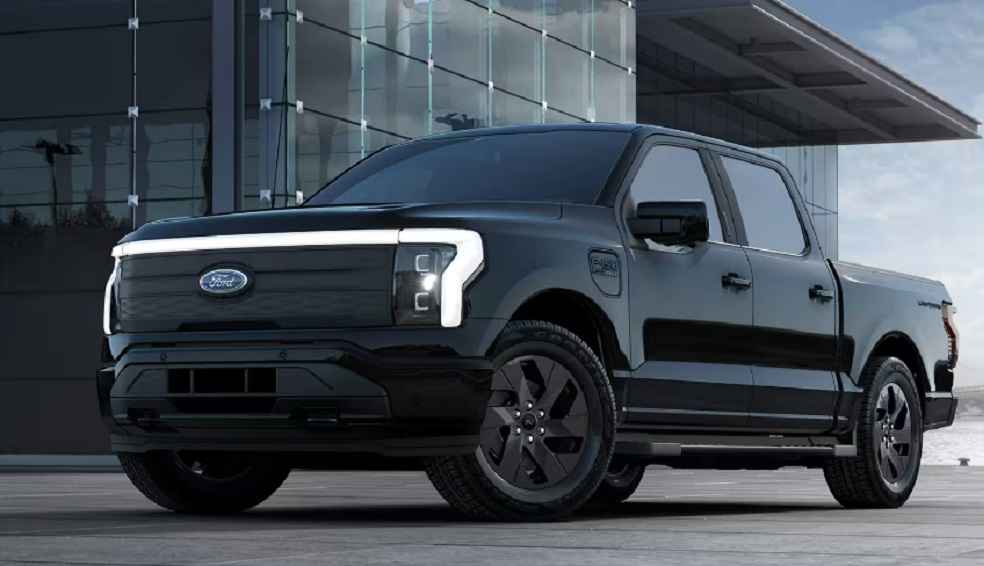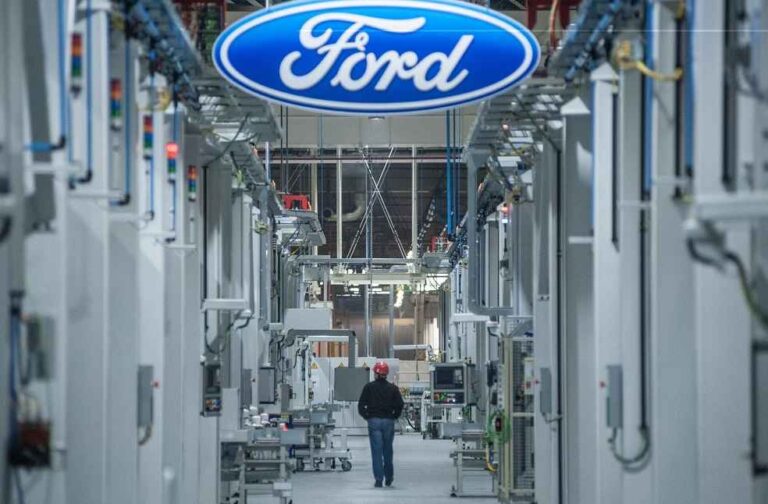Ford Motor Company releases a strategic shift in its manufacturing agenda, reducing the output of the electric F-150 Lightning while expanding production of the Bronco SUV and Ranger pickup. Announced last Friday, this move reflects Ford’s nimble adaptation to changing consumer preferences and the evolving electric vehicle (EV) market.
This adjustment in production signifies a pivotal change for Ford, scaling back on the previously expanded manufacturing capacity of the F-150 Lightning in 2023. Starting April 1, the Rouge Electric Vehicle Center in Michigan will downsize to a single production shift for the Lightning, affecting about 1,400 employees. Despite this scaling down, the F-150 Lightning’s sales surged by 55% last year, securing its status as America’s favored EV pickup.
Jim Farley, Ford’s CEO, highlighted the company’s strategic flexibility, asserting, “We are taking advantage of our manufacturing flexibility to offer customers choices while balancing our growth and profitability. Customers love the F-150 Lightning, America’s best-selling EV pickup.” He remains optimistic about the electric vehicle sector, especially with Ford’s imminent high-tech EVs and collaboration with Tesla’s charging network.

Ford’s production realignment is more than a mere cutback; it’s a strategic redistribution of resources. Roughly half of the workforce impacted by the Lightning’s reduced production will transition to the Michigan Assembly Plant. This facility is preparing for an additional shift this summer to escalate production of the Bronco and Ranger, an expansion set to create 900 new jobs.
Ford’s decision reflects the complexities confronting automakers in the EV sphere. Despite a surge in electric vehicle interest, consumer uptake remains variable. Ford’s production agility allows rapid adaptation to market shifts, balancing growth with profitability.
A month before the announcement, reports foreshadowed Ford’s intention to halve its production target for the year. Yet, Ford anticipates an upward trajectory in Lightning sales for 2024, albeit not at the ambitious initial target of 150,000 units.

Conversely, the Bronco and Ranger confronted sales declines last year, with decreases of 9.7% and 43.3%, respectively. These downturns were partially due to a six-week UAW labor strike at the manufacturing plant.
Ford’s latest production adjustments exemplify the company’s agile approach to market dynamics and consumer interests. While electric vehicles represent the future, Ford’s strategy emphasizes the need for balance and adaptability amid changing consumer behavior and market challenges. As the automotive industry pivots towards electrification, Ford’s model of flexibility and responsiveness might guide others, showing the necessity of adapting swiftly to consumer preferences and market shifts.
LATEST | Hyundai Buys GM Talegaon Plant to Expand Global Auto Production in 2025





